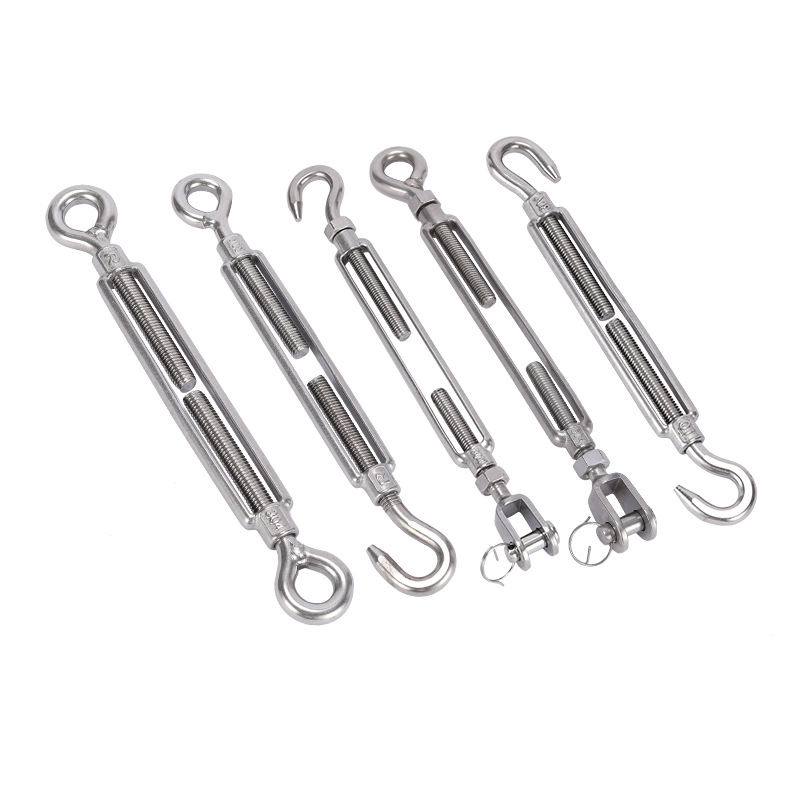News
Nov . 23, 2024 08:45 Back to list
custom rigging hook types
Understanding Custom Rigging Hook Types Enhancing Precision and Versatility in Lifting Operations
In the world of rigging and lifting operations, the choice of equipment can significantly impact efficiency, safety, and overall success. Among these critical components, rigging hooks play a pivotal role. Custom rigging hook types have emerged as a vital solution to meet diverse lifting needs in various industries, ranging from construction and shipping to entertainment and events.
The Importance of Custom Rigging Hooks
Standard rigging hooks are often designed for general applications, which may not adequately address specific requirements of unique projects. This is where custom rigging hook types shine. They are engineered to accommodate specialized lifting needs, ensuring that loads are secured safely and efficiently. The customization can involve dimensions, materials, load capacities, and additional features, which can dramatically enhance the safety and efficiency of lifting operations.
Types of Custom Rigging Hooks
1. Heavy-Duty Hooks Custom heavy-duty hooks are designed for lifting extraordinarily heavy loads, typically in industrial settings. These hooks are often made from high-strength steel and may include additional features such as extra-wide throat openings and locking mechanisms to prevent accidental release.
2. Swivel Hooks Swivel hooks are engineered to allow 360-degree rotation, which provides flexibility and reduces the chances of tangling or twisting in the load. Custom swivel hooks can be designed to accommodate specific lifting angles, ensuring that load movements remain smooth and controlled.
3. Eye Hooks Eye hooks feature a looped end to facilitate easy attachment to slings or chains. Custom eye hooks can be designed with varying diameters and strengths, depending on the load requirements. They are particularly useful in applications where quick attachments and detachments are necessary.
4. Safety Hooks Safety hooks are designed with additional features such as latches or locking mechanisms to ensure that loads remain securely attached during lifting. Custom safety hooks can be tailored with various locking systems to cater to specific risks associated with the lifting environment.
custom rigging hook types

5. Specialized Hooks Some applications require hooks designed for specific load shapes or sizes. Custom specialized hooks can be crafted to accommodate unique designs, such as those used in the film and entertainment industry or in specialized manufacturing processes.
Benefits of Using Custom Rigging Hooks
- Enhanced Safety Custom rigging hooks allow for precise matching to load requirements, reducing the risk of accidents caused by equipment failure
. The right hook design minimizes the potential for slippage or falling loads.- Increased Efficiency Custom solutions can streamline operations by reducing the time spent on rigging and unloading. Hooks designed for specific applications can optimize load handling and reduce downtime.
- Improved Compatibility Custom hooks can be made compatible with existing lifting machinery and equipment, ensuring seamless integration into operational workflows.
- Adaptability As projects evolve, so do lifting needs. Custom rigging hooks can easily be redesigned or modified to handle changing requirements, thus providing continued support throughout the lifespan of a project.
Conclusion
In summary, the implementation of custom rigging hook types is essential for achieving optimal performance in lifting operations. With a vast array of designs tailored for specific applications, custom hooks enhance safety and efficiency, ensuring that tasks are completed without incident. As industries continue to evolve, so too will the need for innovative rigging solutions. By investing in custom rigging hooks, businesses can prepare themselves for the unique challenges that lie ahead, distinguished by superior performance and reliability.
